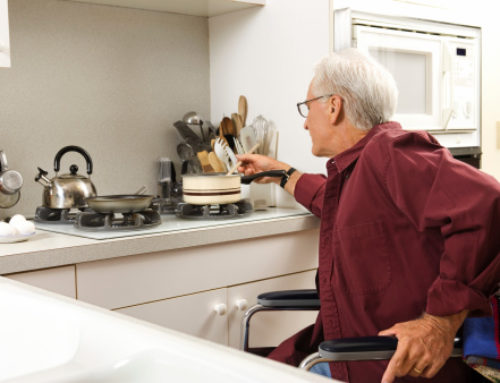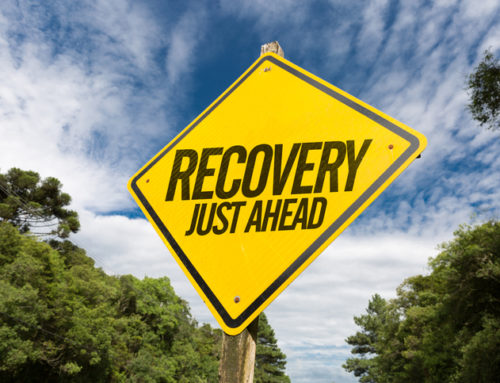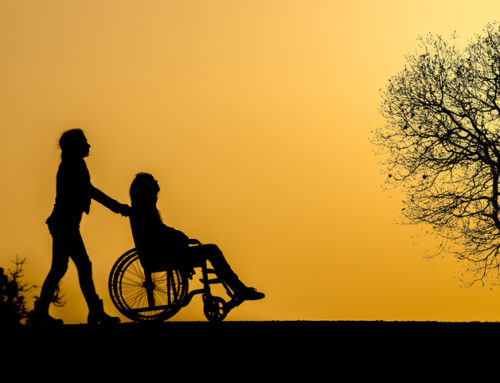Rehabilitating from your stroke is a vital part of your recovery, so you can regain as much function in your body as possible. By really pitching in and working at your stroke rehab, you will really improve your independence and ability to live a full life.
The exact nature of your stroke and which body areas affected will of course vary your rehabilitation results and your overall mobility. However, if you work hard at your rehab, you will generally achieve impressive long term results.
Some of the most common stroke rehabilitation includes:
- Improving your motor skills with exercises that boost strength in your muscles, and improve coordination. These exercises will help you to improve your general mobility.
- Mobility training often will include the use of various walking aids, including a cane or walker. You also may use a special stroke aid brace that will help to stabilize your ankle or other parts of your body. This way your body has more support as you walk.
- Therapy for range of motion can include various exercises that will reduce tension in your muscles and increase motion range, so that you can move about better.
- Constraint induced therapy will have you restrain your unaffected limbs and have you practice the affected body parts. This can really help to improve your mobility over time.
- Electrical stimulation of weak leg muscles can make them contract, which can increase their strength so you can walk easier.
When Should You Start Your Rehabilitation?
Your stroke rehabilitation should begin as soon as possible after it happens. There are many stroke mobility aids that you can use as you recover that can help you increase mobility and function. Of course, the top priority after your stroke is to get your medical condition more stable and to get any serious medical problems under control. However, once your condition is stable, you can begin your rehab to improve mobility, even when you still are in the hospital. If you do not start your rehab soon, you will lose more mobility and function.
Some of the stroke supplies and aids that can increase mobility include the following:
- Transport belt: Gives your caregiver more leverage when moving you in the early parts of your recovery.
- Furniture risers: An option to a regular lift chair. Helps to place your furniture at a higher level so it is easy for you to get up.
- Car ease slide: This product makes it easier for you to slide in and out of a car seat. This will help to improve the ease of driving after your stroke.
- Chair and couch cane: A very helpful standing aid for someone recovering from a stroke. Ideal for your couch or recliner.
By using these helpful stroke aids to increase your mobility, you will be better able to recover your independence after a serious medical event.




